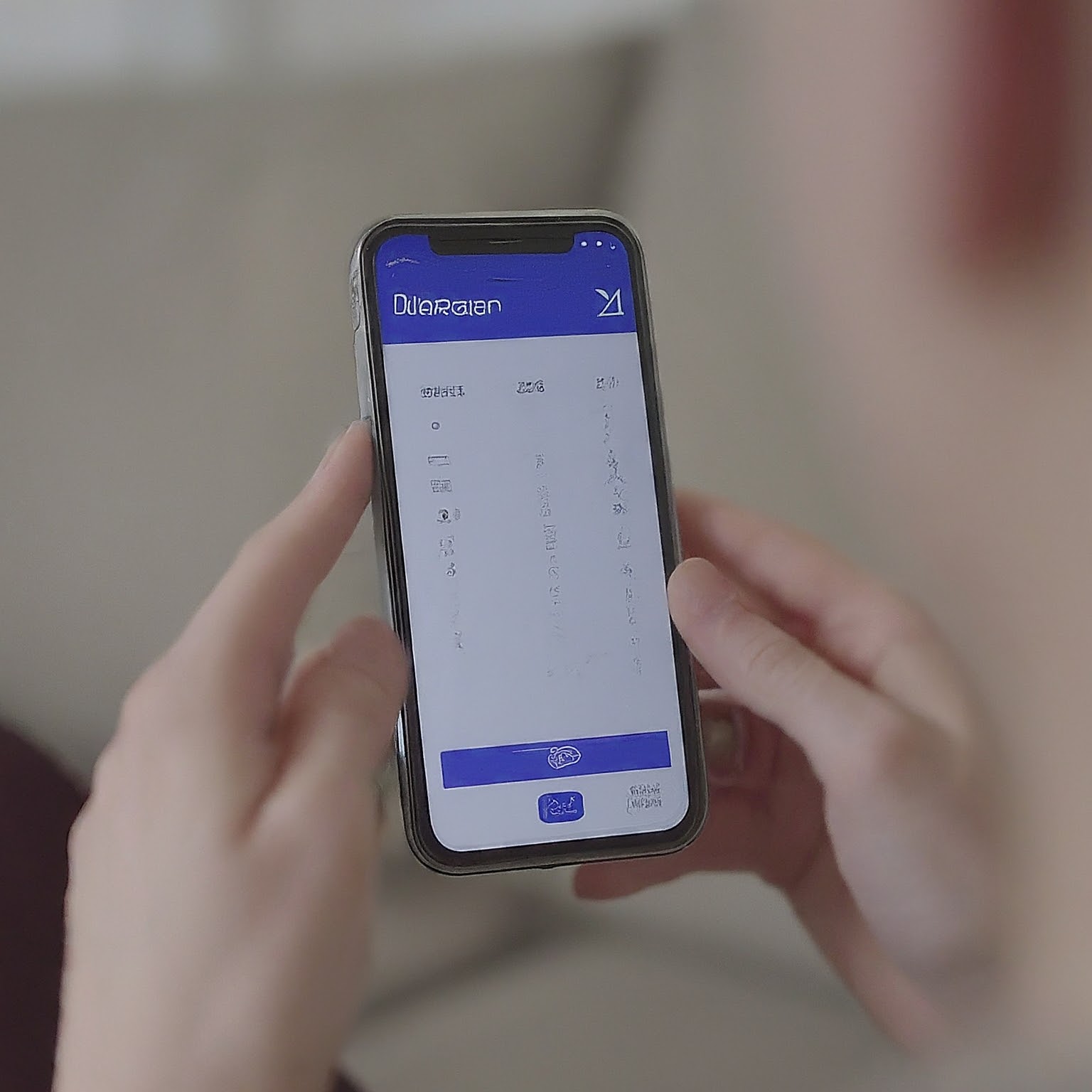The UK number code system, a complex tapestry woven from geographic, historical, and technological threads, underpins the nation’s telecommunications infrastructure. This article delves into the intricacies of this system, exploring its structure, evolution, and implications for individuals and businesses.

The Structure of a UK Number Code
A UK number code typically consists of two primary components:
- Area Code: This identifies the geographic region of the caller. It can range from two to five digits and often begins with a ‘0’. For example, ‘020’ indicates London.
- Subscriber Number: This is the unique number assigned to an individual or business within an area code. It usually comprises six digits.
The Evolution of the UK Number Code System
The UK number code system has undergone significant transformations since its inception:
The Pre-Dialling Code Era
Before the widespread adoption of dialling codes, telephone numbers were purely local. Connections were manually operated by switchboard operators.
Introduction of STD Codes
Subscriber Trunk Dialling (STD) codes, the precursors to modern area codes, were introduced to enable direct dialing between different regions. This marked a pivotal shift towards automation.
The Digital Age
The advent of digital technology revolutionized the UK number code system. The introduction of mobile phones and the growth of the internet necessitated new numbering schemes, such as the 07 series for mobile numbers.
Types of UK Number Codes
The UK number code system encompasses several categories:
Geographic Numbers
These are traditional landline numbers associated with specific geographic locations. They typically begin with ’01’ or ’02’.
Mobile Numbers
Starting with ’07’, these numbers are assigned to mobile phones and other wireless devices.
Freephone Numbers
Beginning with ‘0800’, these numbers allow callers to make free calls. Businesses often use them for customer service.
Non-Geographic Numbers
This category includes a variety of numbers that do not correspond to specific geographic locations, such as premium rate numbers, personal numbers, and rate-selected numbers.
The Role of Ofcom
Ofcom, the UK’s communications regulator, plays a crucial role in managing the UK number code system. Its responsibilities include:
- Allocating number ranges
- Ensuring numbering plan efficiency
- Protecting consumers from number-related scams
- Facilitating the introduction of new number services
Challenges and Future Developments
The UK number code system faces several challenges:
- Number Exhaustion: As the demand for phone numbers grows, there is a risk of number exhaustion in certain areas.
- Number Portability: While number portability allows users to retain their numbers when switching providers, it can complicate number management.
- International Numbering: Integrating the UK number code system with international numbering plans is essential for global connectivity.
To address these challenges, Ofcom and industry stakeholders are exploring innovative solutions, such as:
- Number Recycling: Reusing numbers from disconnected services.
- Overlay Numbering: Introducing new number ranges without changing existing ones.
- IP-Based Numbering: Transitioning to a numbering system based on internet protocol.
Conclusion
The UK number code system is a complex yet essential component of the nation’s telecommunications infrastructure. Its evolution reflects the technological advancements that have shaped modern communication. As the demand for communication services continues to grow, the system must adapt to meet the needs of individuals and businesses while ensuring efficient and reliable service.
لا تعليق